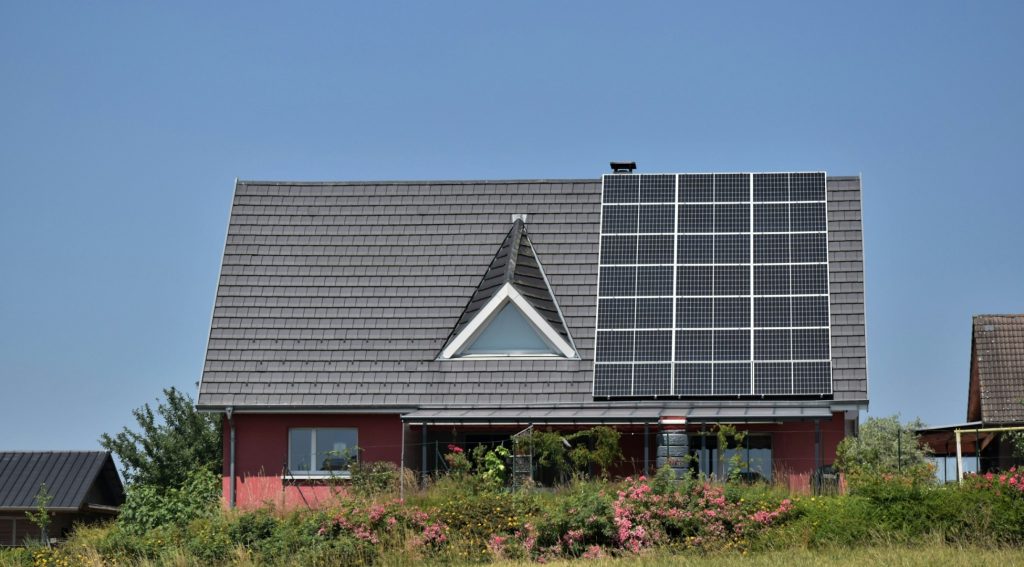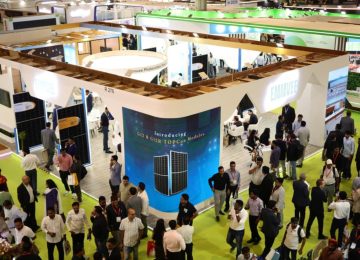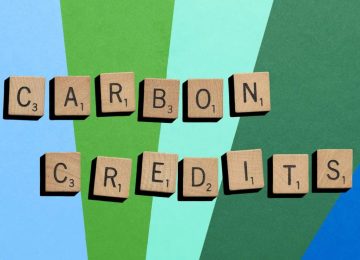Investment in clean energy has almost doubled in the last five years, driven by policy, technology advancement, and energy security concerns. This trend is seen especially among fossil fuel importers such as China, the EU, and India.
In 2025, global energy sector investment is projected to reach US $3.3 trillion says IEA’s World Energy Investment 2025 report. Of which US $2.2 trillion (twice the fossil fuel sum) expected to flow into clean energy — renewables, nuclear, grids, storage, low-emissions fuels, energy efficiency, and electrification.
Over half of all energy investment now goes into the power sector and end-use electrification.
Focus on Renewable Energy
Solar
Overcapacity and cost reductions have enabled solar deployment in emerging markets, such as Pakistan, which imported 19 GW of Chinese solar modules in 2024.
- Solar PV dominates renewable energy investment
- Expected to attract US $ 450 billion in 2025.
- Chinese solar exports to developing countries surpassed those to advanced economies in early 2025.
Wind and Nuclear
Wind investment remains strong despite challenges in the offshore segment; competition and cost differences exist between Western and Chinese turbine manufacturers.
Nuclear investment has increased by 50% in five years, with approvals and spending exceeding US $ 70 billion.
Batteries and Storage
Power sector battery storage investment is set to reach US $ 66 billion this year. This is on par with global natural gas power generation investment.
Investment in India
India has become a highlight in emerging market clean energy investment, with significant growth in renewables—especially solar. India is on track to achieve its 2030 target of 50% non-fossil generation capacity ahead of schedule. It is recalled here that India has already suprassed this target in July 2025.
Renewables investment in India grew by 17% to US $33 billion in 2024, and is anticipated to increase by another 12% in 2025.
India was the world’s largest recipient of development finance institution (DFI) funding for clean energy in 2024, at approximately US $ 2.4 billion.
The country also saw significant FDI, which reached US $ 5 billion in the electricity sector in 2023, nearly double pre-pandemic levels.
Clean energy investment in India is supported by strong policy initiatives, such as domestic manufacturing incentives, solar rooftop programs, and transmission corridor investments.
Policy and Financing Innovations
To catalyze renewable power investment, India fosters 100% FDI in electricity generation (excluding nuclear), advances financial reforms for utilities, and implements innovative payment security mechanisms for developers.
Unpaid dues and offtake/payment risks remain challenges, with reforms such as UDAY, late payment surcharges, and securitization underway.
Low-Carbon Technology Investment
Clean Energy Supply and Electrification
Investment in low-emissions power generation (renewables and nuclear) and battery storage now accounts for almost 90% of global power investment.
Advanced economies and China lead in renewable deployments, but EMDEs (Emerging Market and Developing Economies) now see rapidly rising distributed solar and efficiency investment.
Efficiency, Electrification & End-Use
Global demand-side investment, driven by EVs, building renovations, and industrial electrification, has nearly doubled since 2015. It is expected to be US $800 billion in 2025.Energy efficiency investment in India’s green buildings market continues to grow. New policies and financing mechanisms are accelerating further growth.
Financing and International Support
Most clean energy investment is financed with commercial debt—especially for renewables and end-use electrification (more than 75% in Southeast Asia, p.237; 80% for utility-scale renewables globally).
International public finance (development banks, climate funds, export credit agencies) remains vital for catalyzing clean energy in developing economies. However, current flows are below what is needed to meet 2030 targets.
Challenges and Regional Imbalances
Africa’s share of global clean energy investment is only 2%, versus 20% of the global population.
High financing costs, currency depreciation, and elevated debt servicing continue to impede EMDE clean energy scale-up.
The report emphasizes that annual investment in renewables must double (to achieve a tripling of installed capacity by 2030). While investment in efficiency and electrification needs to almost triple for the 4% annual improvement in energy intensity required by global climate pacts.
Wayforward
The world is investing more in renewable and low-carbon energy than ever before. India stands out for accelerating clean energy investment and policy innovation.
While developed economies and China lead absolute spending, the rapid deployment in countries like India signals important momentum for the global energy transition.
The primary barriers in many regions are no longer technological, but financial. Especially the cost of capital, regulatory certainty, and the ability to mobilize both domestic and international resources at sufficient scale.
The decade ahead will be defined by the ability of these markets to unlock investment and reform policies to match global ambitions.













